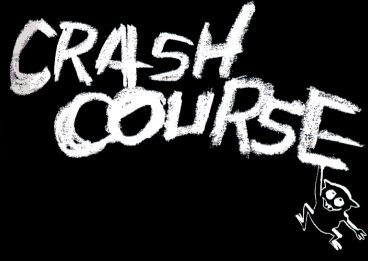

I imagine that many readers of this column will have been watching the series of programmes The Learning Machine on BBC television, which look at the use of computers in education.
One point that was made quite forcibly by teachers and educationalists who were interviewed about the merits or demerits of educational software, was that publishers are simply not listening to what they require for school use. Few teachers would buy a textbook to use with their pupils which was not written by someone with teaching experience: they are, however, expected to purchase educational software which has not been designed by experts. Even well-known and respected educational publishers like Longman and Macmillan are not exploring fully the potential of the software they are marketing.
What is needed, both for use in the home and in schools, is greater documentation to accompany the software. The Postman Pat program reviewed in this month’s column, for instance, is very good as far as it goes — but even Nicholas, the three year old who tried out the game for me, was quick to point out the demerits. Although it gives useful practice in directional skills, this game does little to extend the child’s creative imagination, and Nicholas said he would have liked a story to go along with the package.
There is now an increasing number of programs, particularly those written for children, which have the potential for directing the user towards literature or other textual materials and could easily be used as a springboard into other related areas of activity. Programs intended for use in schools should be accompanied by reasonably comprehensive notes for the teacher, at the very least, and ideally by workbooks for the pupils.
Unfortunately, though, software producers seem to consider the programs as entities in themselves, and not as a core or stimulus for other related tasks. These producers bemoan the fact that their products are not being purchased as avidly as they would have liked by parents and teachers, yet they fail to realise that the purchasers want more support and direction.
If more publishers were waling to provide additional material for use with their educational software, they would be meeting a real need and encouraging micro users to make much more constructive use of their machines. No doubt they would also sell more software!